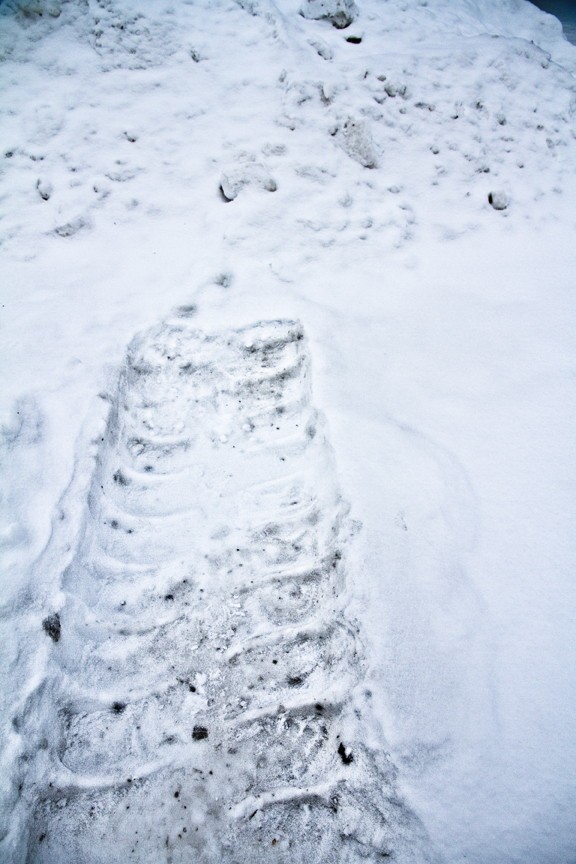Plowing the streets, blocking the sidewalks
Disabled residents call for better snow removal priorities, better access to sidewalks
As Winnipeg settles into deep winter, residents with disabilities and opposition city councilors are calling for the city to rethink its snow removal priorities.
“I do not feel the city has prioritized sidewalk clearing at all,” Danielle Otto, a University of Winnipeg student who uses a wheelchair, said in an e-mail.
Due to busy streets taking priority, much of the cleared snow is pushed onto the sidewalk, hindering the ability of people with disabilities to safely move around the city, said Otto.
Winnipeg organizes snow removal through a priority system. As a result, certain streets take precedent over others. All regional streets, including routes around the Health Sciences Centre, constitute Priority I streets and are plowed within 36 hours after at least three cm of snowfall.
Priority II streets make up any non-regional bus routes or streets that warrant regular plowing due to heavy traffic and must be cleared within 36 hours after at least five cm.
Sidewalks along Priority I and II streets are plowed within 36 hours after five cm of snowfall.
“All plowing on Priority I and Priority II streets is done by the city,” said Bill Clement, Winnipeg city councilor and chairperson for the Standing Policy Committee on Infrastructure Renewal and Public Works, which is responsible for snow removal. “I honestly don’t know if there are any other cities [in Canada] that compare to us on snow removal.”
Once the system reaches Priority III, which is handled by multiple private contractors, the regularity of snow removal begins to decline. Priority III streets are residential and plowed within five working days, usually after a 10 cm snowfall. Sidewalks along Priority III streets are plowed after eight cm of snow.
Laurie Helgason, a local activist for women and people with disabilities, wrote a letter to the Winnipeg Free Press on Jan. 6 calling on wheelchair users to ride on the street until the city improves sidewalk clearing.
“After a snowstorm, many streets are cleaned on the basis of how much traffic they carry daily,” she wrote. “What about the people having to get to bus stops? Bus stops are often not cleared enough for canes, walkers and wheelchairs.”
Clement said bus stops are the responsibility of Winnipeg Transit. He defended the policy on Priority III streets, saying the city will conduct what he called a “political plow” when it’s warranted.
“Sometimes we’ll get a situation where we have four or five different snowfalls all under 10 cm, but because so much has accumulated, we need to plow,” he said. “[In these cases] we can override the policy politically.”
Other city officials, like councilor Harvey Smith of the Daniel McIntyre ward, remain skeptical.
“When we [the city] contract out, we need to pay close attention to make sure that the job is done well,” said Smith. “The city is not doing that for Priority III areas.”
Bayview Construction Ltd., one of the contractors in charge of plowing, was unavailable for comment before press time.
The city operating budget, which will include the amount designated for snow removal, will not be released until March. Last year the city went over the $30 million plowing budget by nearly $6 million.







